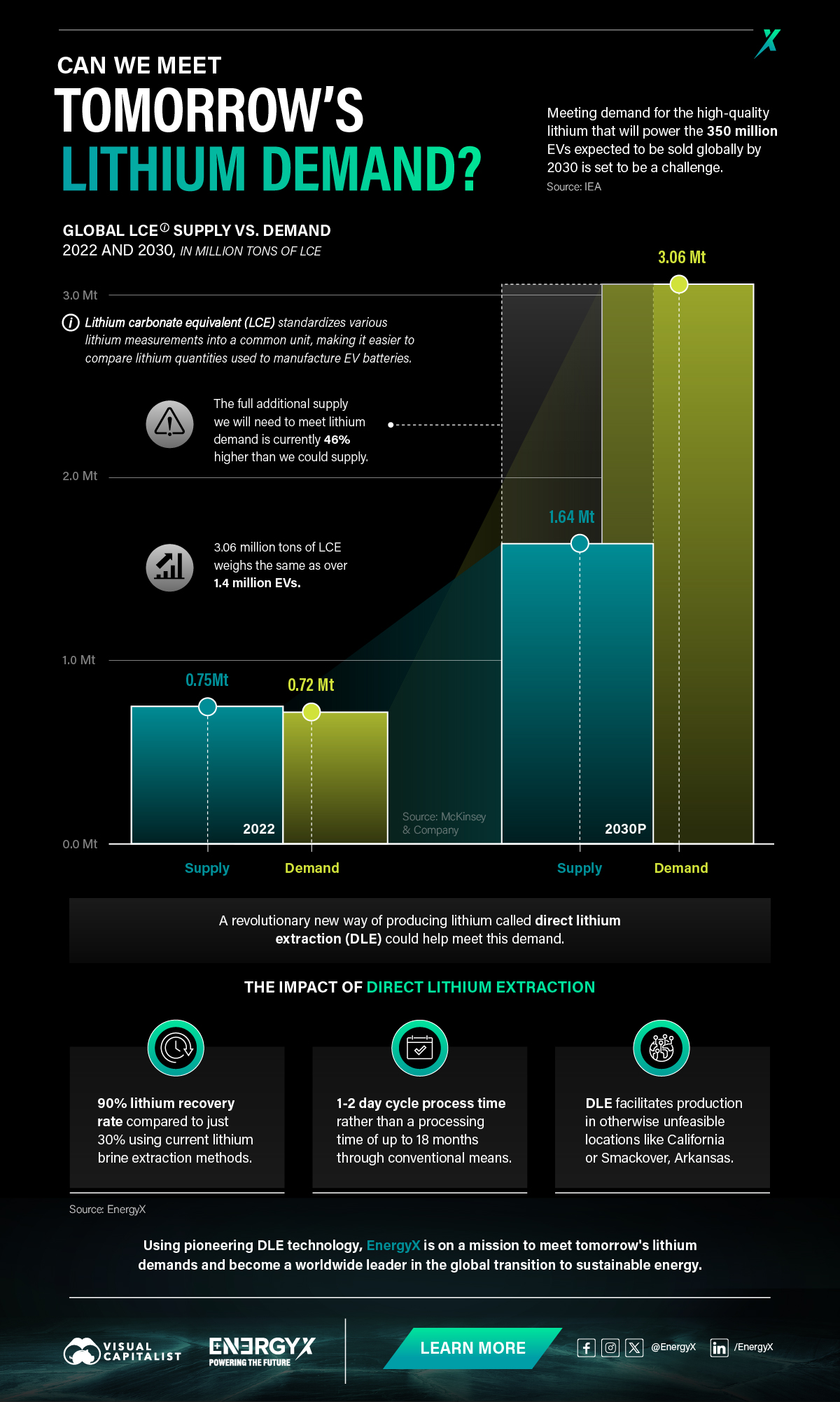
Published
18 mins ago
on
October 26, 2023
| 32 views
-->
By
Alan Kennedy
Graphics & Design
- Athul Alexander
The following content is sponsored by EnergyX
Can We Meet Tomorrow’s Lithium Demand?
Lithium is one of the world’s most critical natural resources and is central to our push toward sustainable energy.
In this graphic, sponsored by EnergyX, we ask that with over 350 million EVs expected to be sold globally by 2030, can we meet tomorrow’s lithium demand?
Addressing Tomorrow’s Lithium Problem
The lithium that powers EV batteries is refined from compounds found in multicolored pools of salt-brine or hard rock, and quantities are measured in terms of lithium carbonate equivalent (LCE).
So, to power the vast quantity of EVs being produced worldwide, a consistent and reliable supply of lithium is required. However, with forecasted annual demand growth of up to 20% by 2030, the current supply of lithium will not be sufficient to meet the demand, and nearly double the amount will be required.
| Year | Global LCE Supply (tons) | Global LCE Demand (tons) |
|---|---|---|
| 2022 | 750,000 | 720,000 |
| 2030 | 1,640,000 | 3,060,000 |
Extracting a Solution
One of the main reasons why lithium demand is set to outstrip supply so aggressively is that conventional methods of extracting lithium are slow, outdated, and often cause environmental harm. However, a new way of lithium extraction, called direct lithium extraction (DLE), could resolve the supply problem.
DLE boasts a lithium recovery rate of 90%, surpassing conventional processes by 300%. This process also allows for lithium extraction from previously untapped sources, including California and the Smackover region in Arkansas.
Additionally, DLE is exceptionally efficient, taking only two days to process a lithium deposit, a process which would typically take 18 months. This process is also more environmentally friendly as producing one ton of lithium conventionally requires over 2.2 million liters of fresh water, whereas DLE requires minimal quantities.
A Path Forward
Without action, by 2030, there won’t be enough lithium to meet the combined demands of the clean energy transition and the UN’s sustainable development goals.
However, advances in DLE by pioneering companies like EnergyX could help meet the demand and ensure the transition to a more sustainable future.

Ready to join the energy transition? Learn more about EnergyX here.

Please enable JavaScript in your browser to complete this form.Enjoying the data visualization above? *Subscribe
Related Topics: #energy #lithium #ev #clean energy transition #lithium demand #lithium brine #energy demand #lithium supply #LCE #lithium carbonate equivalents #DLE #direct lithium extraction #EnergyX
Click for Comments
var disqus_shortname = "visualcapitalist.disqus.com";
var disqus_title = "The Lithium Rush: Can We Meet Tomorrow’s Lithium Demand?";
var disqus_url = "https://www.visualcapitalist.com/sp/tomorrows-lithium-demands/";
var disqus_identifier = "visualcapitalist.disqus.com-161653";
You may also like
-

Energy18 hours ago
Mapped: Gas Prices in Every U.S. State
Gas prices fluctuate from state to state due to factors such as local taxes, environmental regulations, and the proximity of refineries.
-
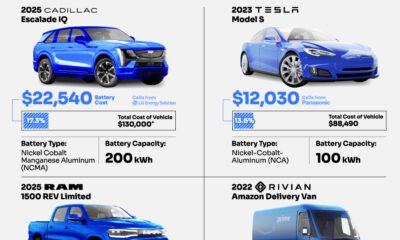
Energy1 week ago
Visualized: How Much Do EV Batteries Cost?
The cost of electric vehicle batteries can vary based on size and chemical composition. Here are the battery costs of six popular EV models.
-
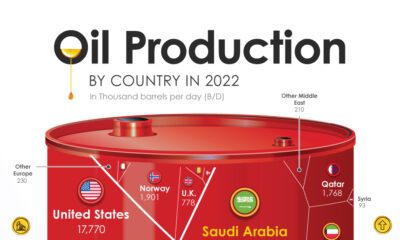
Countries1 month ago
Charted: The World’s Biggest Oil Producers
Just three countries—the U.S., Saudi Arabia and Russia—make up the lion’s share of global oil supply. Here are the biggest oil producers in 2022.
-
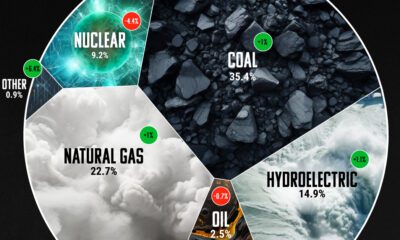
Energy2 months ago
What Electricity Sources Power the World?
Coal still leads the charge when it comes to electricity, representing 35% of global power generation.
-
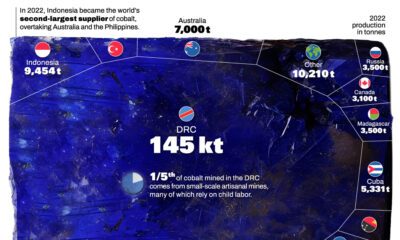
Batteries3 months ago
Ranked: The World’s Top Cobalt Producing Countries
Cobalt, an essential component for certain types of EV batteries, has seen a significant shift in its global production landscape.
-

Energy4 months ago
Who’s Still Buying Russian Fossil Fuels in 2023?
With Russia’s revenues from fossil fuel exports having declined significantly, which countries are still importing Russian fossil fuels?
Subscribe
Please enable JavaScript in your browser to complete this form.Join the 375,000+ subscribers who receive our daily email *Sign Up
The post The Lithium Rush: Can We Meet Tomorrow’s Lithium Demand? appeared first on Visual Capitalist.